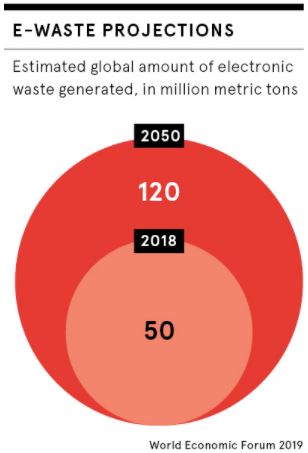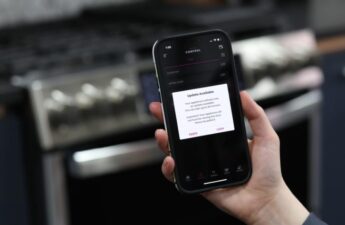Manufacturers build products making it hard for consumers to fix, but a demand for less e-waste could change all that. For example, ever damaged your smartphone or laptop and had to pay a lot to get fixed? Big tech creates a monopoly on repairs and can charge what they want.
The right-to-repair movement is gaining momentum in America, and 15 states have active legislative proposals. If passed into law, electronics manufacturers would be required to provide independent repair shops with information and tools to fix devices.
Opponents of the right-to-repair movement, specifically original equipment manufacturers argue that their IP could be infringed. Repairs carried done by third parties may also lead to appliances and devices being fitted with faulty parts which can cause injury.
Giving repairers a seal of approval
Right to repair could potentially pose a threat to manufacturers’ revenues from replacement parts, especially if third parties choose to advertise their parts in ways that lead consumers to mistake for original parts. OEMs could, reduce the likelihood of being exploited by giving repairers a seal of approval for consumers.
The replacement cycle for products will extend and people will keep older appliances longer. This will reduce revenue generated from new sales
Creating new revenue streams
Cheaper fixes for consumers could encourage more product owners to hold of their device or pass them on to someone else.
While the right to repair could expose OEMs to criminals with little regard for IP protection, the vast majority of professional repairers will most likely stick within the law.




